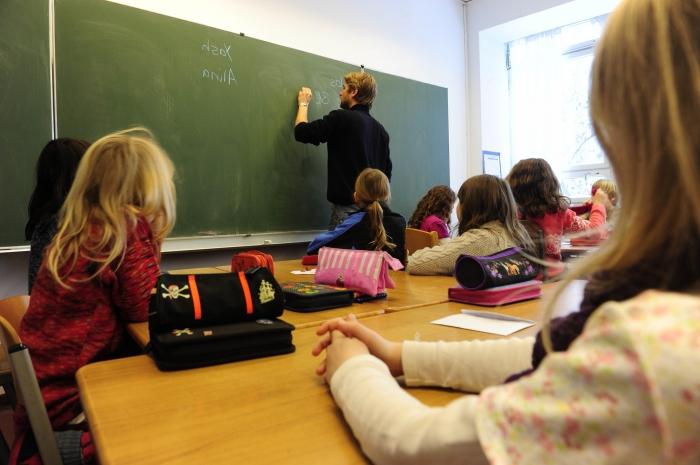Human speech consists of a set of consecutive sounds. Into two main groups - consonants and vowels - they are divided according to the principle of articulation. Consonant sounds are those sounds that, when pronounced, a stream of air exhaled by the lungs encounters possible obstructions in the mouth — it may be the tongue, teeth, palate, and lips. This explains the occurrence of consonants. Some consonants, forming, involve the vocal cords, while others do not. So, in Russian, deaf and voiced consonants are distinguished. If a consonant is formed only by noise, then it will be deaf. And if in his education they participate in

varying degrees of both noise and voice, this consonant is called voiced. We can easily notice the difference in the “deaf and voiced consonants” pair if we put our hand to the larynx. If we call voiced consonants, trembling, vibration of the vocal cords is felt. Since the ligaments are tense, the air exhaled by the lungs causes them to oscillate, sets in motion. And if you pronounce a dull sound, then the ligaments will be in a calm, unstressed state, which is why some kind of peculiar noise is formed. In addition, if voiced consonants are pronounced, our speech organs experience slightly less tension than when pronouncing deaf sounds.
Some consonants - voiced and deaf - form the so-called pairs. Such sounds are called paired voiced and deaf consonants. In order to maximally facilitate the memorization of deaf consonants, a special phrase-formula (mnemonic rule) is used: "Stepka, do you want a cheek? This sentence contains all deaf consonants.
And part of the sounds does not have a pair according to the principle of deaf and voiced consonants. These include:
[l], [m], [n], [r], [th] [l '], [m'], [n '], [r'] - voiced
[c], [x], [w: '] [h], [x'] - deaf
In addition, the following sounds [u], [h], [w], [g] are called hissing, and [r], [m], [n], [l] are called sonorous. They are close to vowels and can form syllables.
The first row consists of consonants called sonor consonants, which translates from Greek as “sonorous”. That is, when they are formed, the voice prevails over the noise. And the second row of consonants, on the contrary, is dominated by noise.
One of the principles of modern Russian orthoepy (the phonetics section that studies the norms of literary pronunciation) is that voiced consonants take the form of deaf people, and deaf people are likened to voiced voices . Voiced consonants (with the exception of sonoric sounds) are pronounced as deaf at the end of a word or immediately before another deaf sound: code - to [t]. And deaf consonants acquire a sign of sonorousness if they are in front of a sonorous consonant sound and begin to be pronounced loudly: threshing [young'ba], surrender - [h] give. Only in front of the consonant [c], as well as in front of the sonorous, the deaf do not become voiced.
Deaf and voiced consonants create certain difficulties for us in writing. In accordance with the morphological principle of the spelling of our language, neither stunning nor voicing can be expressed in writing. So, in order to check paired voiced or deaf consonants, standing in the middle of the word or at the end before another consonant, it is necessary to select such same-root words or change the word so that after the consonant sound there is a vowel: lo [w] ka - a spoon, gra [t] - hail, horse [t] ka - horses.